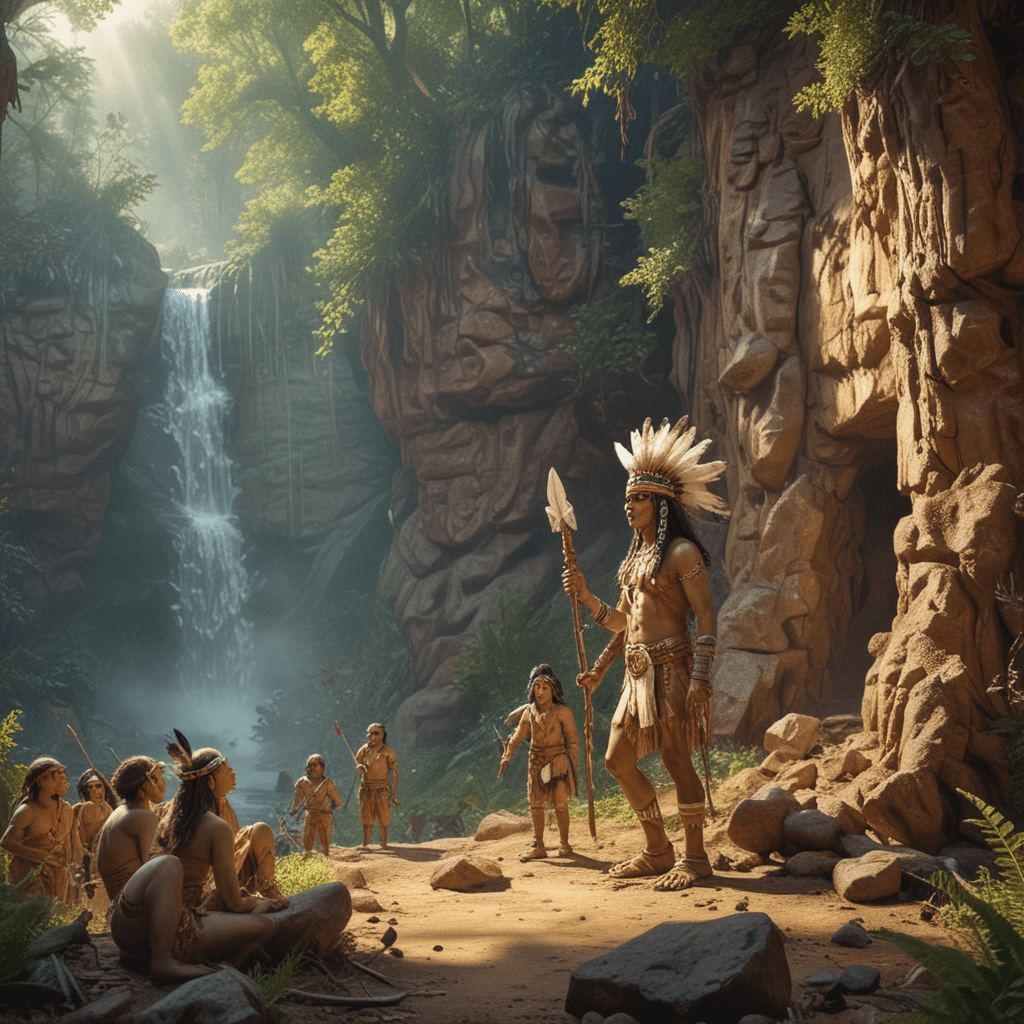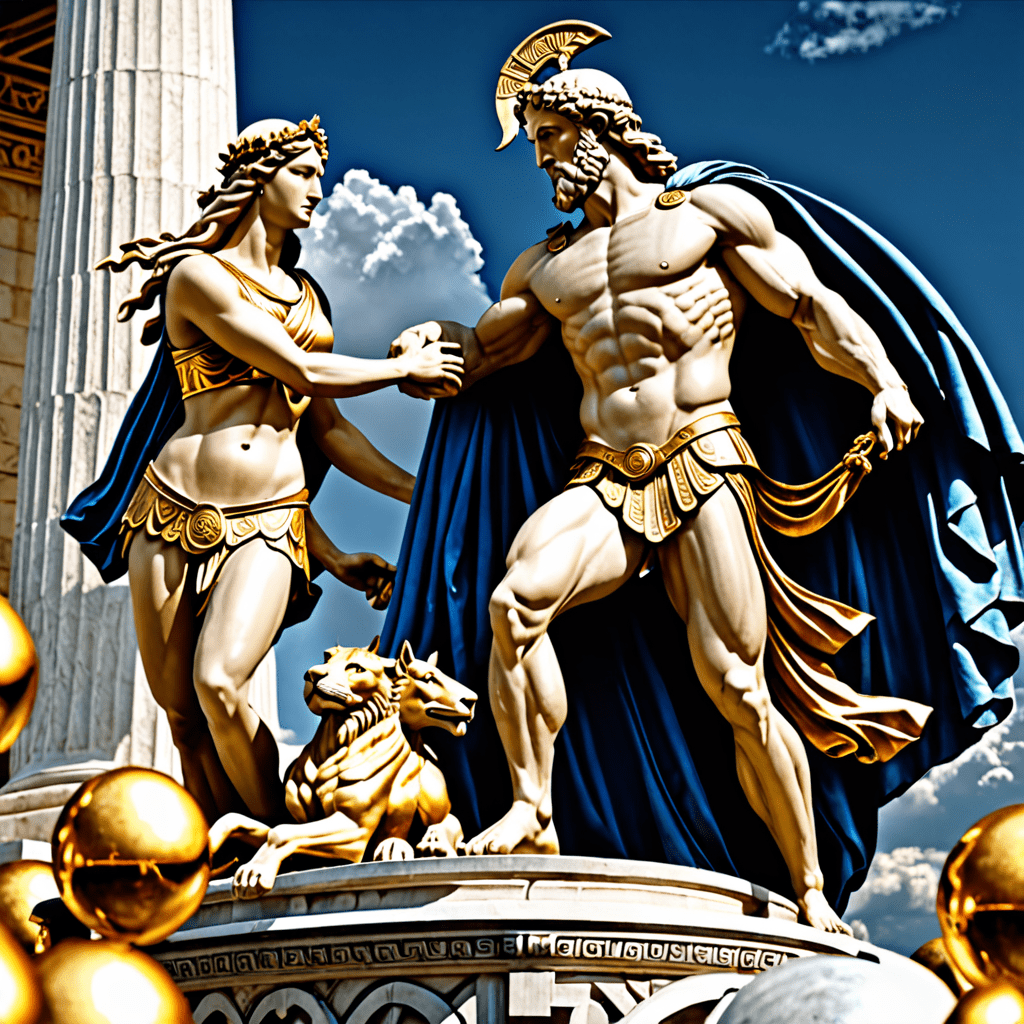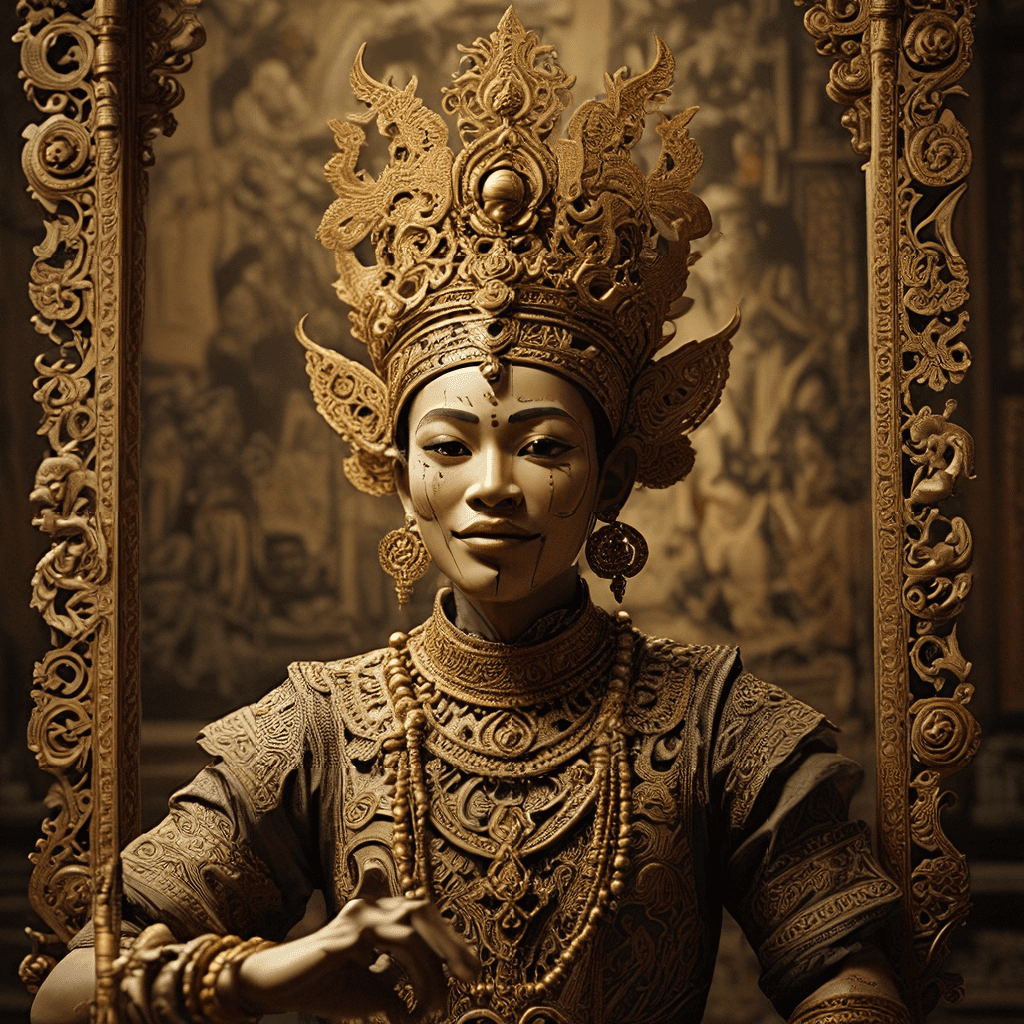The Legend of the Little People in Native American Mythology
I. Introduction
In Native American mythology, the legend of the Little People holds a significant place, with tales of these diminutive beings woven into the fabric of various indigenous cultures. Also known as "fairies" or "elves" in contemporary parlance, the Little People possess unique physical characteristics, abilities, and roles within traditional beliefs and practices.
II. Origins of the Legend
The origins of the Little People legend in Native American mythology are steeped in ancient traditions and oral histories. Specific tribes may have their own distinct versions of the legend, often connecting it to creation stories, the actions of supernatural entities, or as a way to explain natural phenomena.
III. Physical Characteristics and Abilities
The physical characteristics of the Little People vary among Native American tribes, but some common features include a diminutive stature, delicate features, and a graceful demeanor. Often, they are depicted as having long, flowing hair, an ethereal aura, and exceptional agility and speed. Beyond physical attributes, the Little People possess mystical abilities such as shape-shifting, the power to grant wishes or curses, and the ability to communicate with animals.
IV. Role in Tribal Traditions and Beliefs
In Native American cultures, the Little People are not mere figments of the imagination but play an active role in tribal traditions and beliefs. They are often seen as guardians of the forests, lakes, and other natural elements, and some tribes believe that the Little People can influence the outcome of hunts, wars, and other important events. In certain ceremonies and rituals, the Little People are invoked or honored, and their assistance is sought in times of need or gratitude.
V. Relationship with the Natural World
Native American mythology often emphasizes the deep connection between the Little People and the natural world. They are frequently portrayed as living in harmony with animals, plants, and the elements. The Little People are said to possess a profound understanding of the natural world and can communicate with its creatures. In some traditions, they are believed to be the protectors of sacred plants and animals, and their cooperation is essential for the well-being of the ecosystem.
VI. Trickster and Magical Elements
The Little People often embody elements of the trickster archetype in Native American mythology. They are known for their mischievous nature and ability to play pranks on humans. However, their trickery is not always malicious and can sometimes serve to teach valuable lessons or help those in need. In addition to their trickster qualities, the Little People are often associated with magic and enchantment. They possess the ability to cast spells, grant wishes, or change their appearance at will.
VII. Cultural Significance
The legend of the Little People holds deep cultural significance in Native American communities. These beings represent the interconnectedness of all living things and the importance of respecting the natural world. Stories of the Little People have been passed down through generations, shaping cultural beliefs, values, and traditions. They continue to inspire art, literature, and music, ensuring their enduring presence in Native American culture.
VIII. Modern Depictions
In contemporary times, the Little People remain a popular subject of fascination and imagination. They have been featured in numerous works of fiction, film, and television, often portrayed as whimsical, mischievous, or wise beings. These modern depictions reflect the enduring appeal of the Little People legend and its ability to capture the human imagination.
IX. Examples from Specific Tribes
The legend of the Little People varies significantly among Native American tribes, with each having its own unique interpretation and beliefs. Some well-known examples include:
- The Cherokee believe in the Nunnehi, diminutive beings that live in the forests and possess magical powers.
- The Navajo refer to the Diyin Dine'e, a race of small, mischievous creatures said to inhabit the canyons and mesas.
- The Hopi speak of the Kachinas, ancestral spirits that are often depicted as having small, doll-like bodies.
X. Conclusion
The legend of the Little People in Native American mythology is a rich and multifaceted tapestry of beliefs, traditions, and cultural significance. These diminutive beings embody the interconnectedness of nature, the power of magic, and the enduring presence of the supernatural in the human imagination. Whether encountered as guardians of the forest, tricksters playing pranks, or wise beings granting wishes, the Little People continue to captivate and inspire generations of Native Americans and beyond.
FAQ
Q: Are Little People real?
A: The Little People are mythical beings in Native American mythology and culture, not real creatures.
Q: Why are Little People considered magical?
A: Little People are often associated with magic and enchantment because they possess mystical abilities such as shape-shifting, spell-casting, and communication with animals.
Q: Do Native Americans still believe in Little People?
A: While beliefs may vary among tribes, the legend of the Little People remains an important part of Native American mythology and cultural traditions.
Q: Are Little People dangerous?
A: Little People are not typically depicted as dangerous but rather as mischievous or helpful beings, depending on the tribe's beliefs and stories.
Q: Can you see Little People?
A: In Native American folklore, Little People are said to be elusive and rarely seen by humans.


